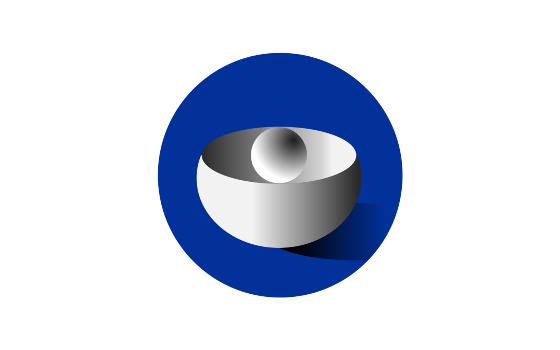 1 November 2017 marks the coming into operation of further aspects of the mutual recognition agreement between the European Union (EU) and the United States (US) to recognise inspections of manufacturing sites for human medicines conducted in their respective territories. This agreement, which updates the agreement from 1998, allows for recognition of each other's inspection outcomes and hence for better use of inspection expertise and resources.
1 November 2017 marks the coming into operation of further aspects of the mutual recognition agreement between the European Union (EU) and the United States (US) to recognise inspections of manufacturing sites for human medicines conducted in their respective territories. This agreement, which updates the agreement from 1998, allows for recognition of each other's inspection outcomes and hence for better use of inspection expertise and resources.
In June, the European Commission confirmed that the US Food and Drug Administration (FDA) has the capability, capacity and procedures in place to carry out good manufacturing practice (GMP) inspections at a level equivalent to the EU. Today, the FDA confirmed the capability of eight EU Member States (Austria, Croatia, France, Italy, Malta, Spain, Sweden, and United Kingdom). The remaining inspectorates will continue to be assessed until 15 July 2019.
This is unprecedented as the FDA has never before recognised another country’s inspectorate. It is also a major milestone towards closer cooperation to improve the use of available resources to safeguard quality and safety of medicines. This addresses the fact that for around 85% of medicines sold in the EU, at least one manufacturing step takes place outside the Union.
"We need to think globally and work strategically with partners from around the world to make best use of our inspection capacity, so that patients can rely on the quality, safety and efficacy of all medicines, no matter where they have been manufactured," explained Professor Guido Rasi, Executive Director of the European Medicines Agency (EMA). "I am very pleased that we can now add the mutual recognition agreement with the FDA to our six existing agreements with third-country authorities. It is a testimony to the trust that exists between our regions and that has grown over many years of cooperation for the sake of patients on both sides of the Atlantic."
Each year, EU national authorities and the FDA inspect many manufacturing sites of medicinal products in the EU, the US and elsewhere in the world, to ensure that these sites operate in compliance with GMP. Under the mutual recognition agreement, EU and US regulators will rely on each other’s inspections and hence avoid duplication.
The agreement enables both the EU authorities and the FDA to make better use of their inspection resources and focus on sites of higher risk where active pharmaceutical ingredients and medicines for the EU or US markets are manufactured. Around 40% of finished medicines marketed in the EU come from overseas and 80% of the manufacturers of active pharmaceutical ingredients for medicines available in the EU are located outside the Union.
Background to the MRA agreement
To make the agreement operational, the EU and the US need reassurance that the GMP inspectorates on both sides have the capability, capacity and procedures in place to supervise manufacturers of medicines at an equivalent level. Teams from the EU national authorities, the European Commission, EMA and the FDA have been intensively working on auditing and assessing the respective supervisory systems since May 2014.In September 2015, EU officials visited three FDA district offices - White Oak in Maryland, the headquarters and an FDA laboratory - as part of its assessment. The EU team applied the same criteria that it applies within the EU when it audits its own Member States.
The EU invited the FDA to observe the internal EU audits of the inspectorates of each Member States performed as part of the joint audit programme. These audits aim to ensure consistency across all EU inspectorates by assessing processes, workforce skills and compliance with EU laws and relevant guidelines. To date, the FDA has observed the audits of inspectorates responsible for human medicines in the majority of the EU Member States.
After observing the audit of a country's inspectorate, the FDA conducts an independent assessment that includes a review of the country's conflict-of-interest policies, samples of inspection reports, inspector training records, inventory of drug manufacturing facilities, surveillance program, and numerous standard operating procedures.
In the EU, inspections of manufacturing sites are carried out by national competent authorities from EU Member States. EMA plays an important role in coordinating these activities in collaboration with the Member States.